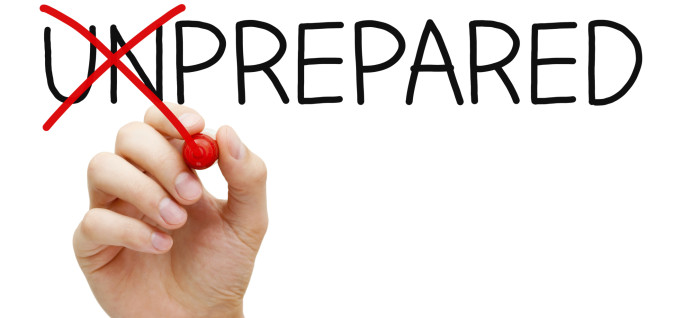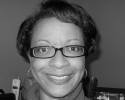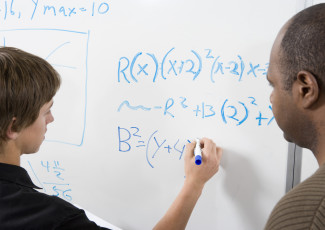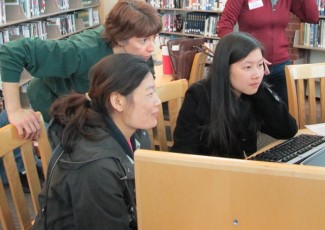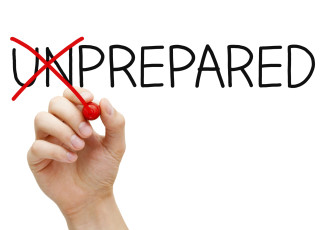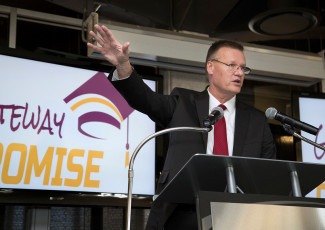College Readiness: Perspective From the First Community College
By Sonya Stinson
October 29, 2015
Joliet Junior College’s history will be forever linked to preparing high schoolers for their next step. The college’s president talks about how it has moved the needle on college readiness.
It was a partnership between high school and higher-education administrators that launched Illinois’ Joliet Junior College (JCC), the nation’s oldest community college, in 1901. J. Stanley Brown, superintendent of Joliet Township High School, and William Rainey Harper, president of the University of Chicago, founded JJC as an experimental postgraduate high school program; for its first two years, the college was housed in a high school building.
More than 100 years later, the link between community colleges and high schools has never been more important. JJC President Debra Daniels, who took the post in March 2012, has more than 30 years of experience in higher education, including five years as president of San Bernardino Valley College, in California. In that time, she has witnessed an evolution in the way high schools and community colleges collaborate to improve college readiness. Changes in the student population have made the issue more urgent, she says.
“In the years since I’ve been in community college higher education, we’ve reached more and more students who are less and less prepared for college,” Daniels says.
Why readiness lags today
Things were different when Daniels started her career as a community college teacher. The students who landed in her classroom back then “were always on the path to go to college,” she says. But today, community colleges are reaching more diverse populations, including many who arrive ill-prepared for the experience.
“They all have very different problems and backgrounds to overcome,” Daniels says. “When I first started, they were very homogeneous.”
The reasons for students’ lack of preparation vary widely, but Daniels says focusing on the causes — or blame — for the problem has proved much less productive than focusing on working together to find solutions.
Building relationships
“In the time that I’ve been in higher ed, we’ve spent a lot of time finger-pointing about who was at fault, but in my last five years, I’ve just tried to tell people, ‘It doesn’t matter how we got here. How do we get out of it?’” Daniels says. “That’s what I’ve been concentrating on, in relationships with the high schools, trying to be their partner and a resource. By doing that, I think we’ve moved the needle at least in the right direction.”
JJC runs summer boot camps so high school students can boost their English, math and reading skills before enrolling in the college. Speakers from JJC talk to ninth- and 10th-graders about what will be expected of them when they arrive on campus and what courses they need in order to be college-ready.
One example of the more collaborative spirit at work is the way that faculty members’ earlier resistance to sharing the developmental curricula they created with their high school counterparts has begun to melt away. Daniels was able to persuade JJC faculty to participate in a program in which the college’s developmental math course is taught to high school seniors.
“Research tells us high school students don’t take math in their senior year,” she says. “A great number of people would be college-ready if it wasn’t for that one thing. They’re just out of practice. So why not just give them that class?”
But it wasn’t just the JJC faculty who were initially wary of the project. Daniels also had to work to get high school faculty and administrators on board. Her first step was to talk to the superintendents. Once they signed off on the idea, both sides put together teams of faculty “champions” to promote and develop the project on their campuses. “I think those two things really helped to get it accepted in the high schools,” Daniels says.


